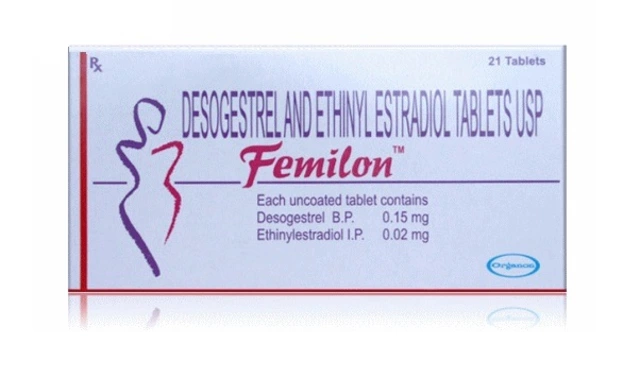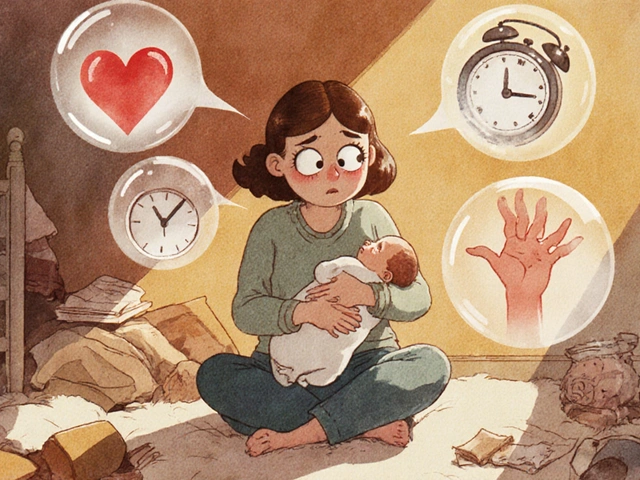Anxiety: Practical Help You Can Use Today
Anxiety shows up as a fast heart, racing thoughts, or feeling stuck. You don’t need a lecture — you need tools that work now and a clear path forward. Below are short, usable techniques for immediate relief and sensible steps if symptoms keep showing up.
Quick strategies to calm an anxiety spike
When anxiety hits fast, try these simple moves: breathe slowly, ground your senses, and tense-release your muscles.
Breathe: try box breathing — inhale 4 seconds, hold 4, exhale 4, hold 4. Repeat 4 times. It’s simple and slows your heart rate.
Grounding: do the 5-4-3-2-1 trick — name 5 things you see, 4 you can touch, 3 you hear, 2 you smell, 1 you taste. It moves focus away from worry.
Progressive muscle relaxation: squeeze and release each major muscle group for 5–7 seconds. Start at your toes and work up to your shoulders and neck.
Small lifestyle wins matter: cut back on caffeine, keep alcohol low, sleep regular hours, and move daily. Even a 20-minute walk lowers stress chemicals and clears your head.
When to think about therapy or medication
If these tricks help only a little, consider therapy or meds. Cognitive Behavioral Therapy (CBT) is the go-to for most anxiety types. It teaches specific ways to change thought patterns and behaviors that keep anxiety alive. Therapists also offer exposure therapy for phobias and panic-focused work for panic disorder.
Medication can shorten symptoms and make therapy easier to use. Common options include SSRIs (like sertraline or escitalopram), SNRIs (like venlafaxine), buspirone, and short-term benzodiazepines in select cases. Meds usually take weeks to show full benefit, and each has side effects to weigh with your clinician.
Be careful with interactions: some foods and supplements can change how drugs work. For example, certain citrus fruits affect enzymes that process medication. Talk to your doctor or pharmacist about interactions before starting anything new.
Not sure where to start? Ask your primary care doctor for a short screening or try a few therapy sessions. If anxiety stops you from working, sleeping, or leaving the house, get help sooner rather than later.
Buying meds online? Only use verified pharmacies that require prescriptions and show clear contact info. If a site sells prescription drugs without a prescription, avoid it — that can be risky.
Small steps add up. Use a breathing trick when anxiety spikes, see a therapist for structured help, and talk to a clinician about medication if your symptoms don’t ease. You don’t have to handle this alone.

Exploring 2025's Top Alternatives to Atarax for Anxiety and Sleep Disorders
Atarax, commonly prescribed for anxiety and sleep disorders, has seen the emergence of several alternatives in 2025. This article explores ten viable options, ranging from new pharmaceutical developments to natural alternatives. Detailed pros and cons of each alternative are discussed to help readers make informed decisions. By considering various factors, individuals can find suitable solutions tailored to their needs.
Read More




